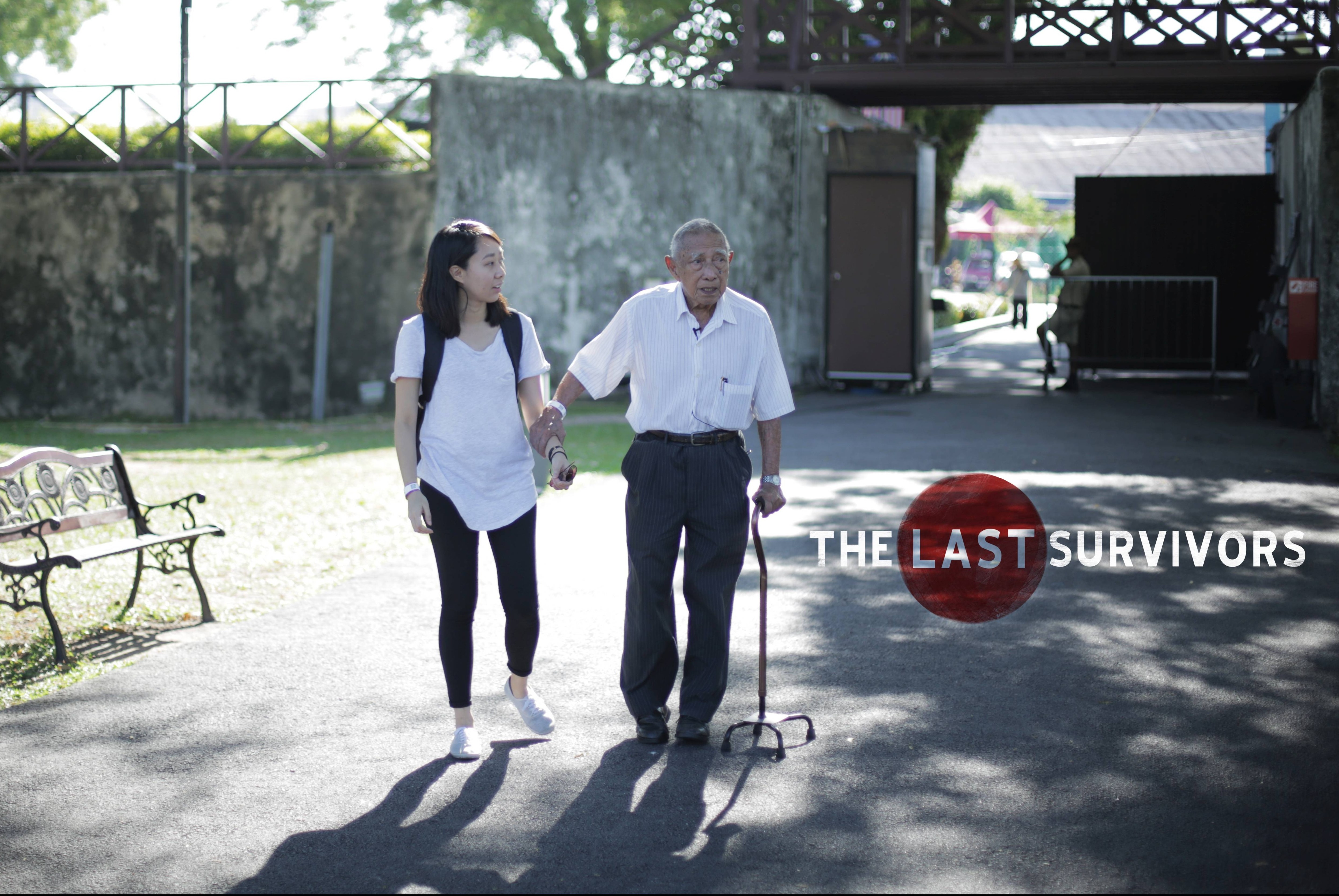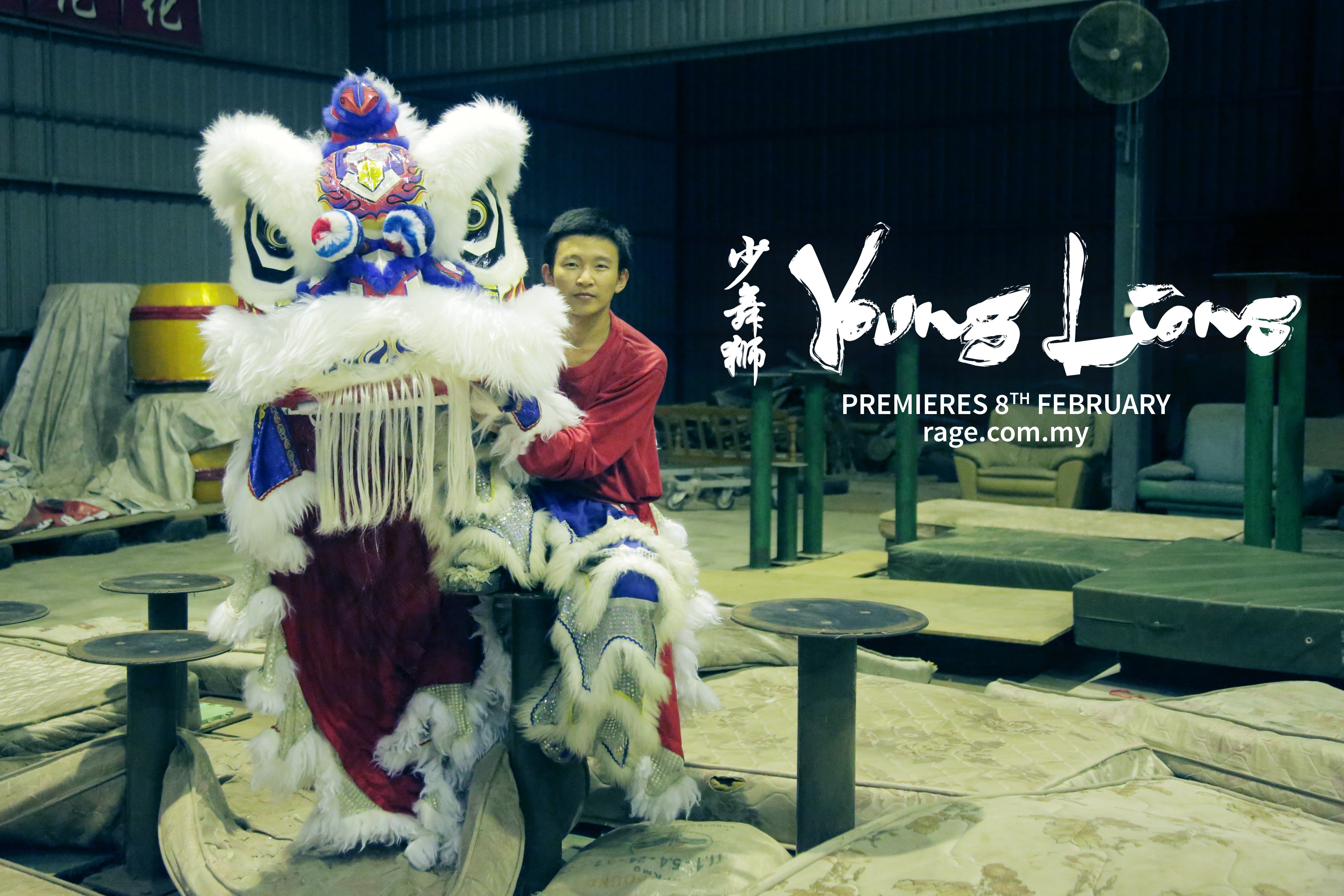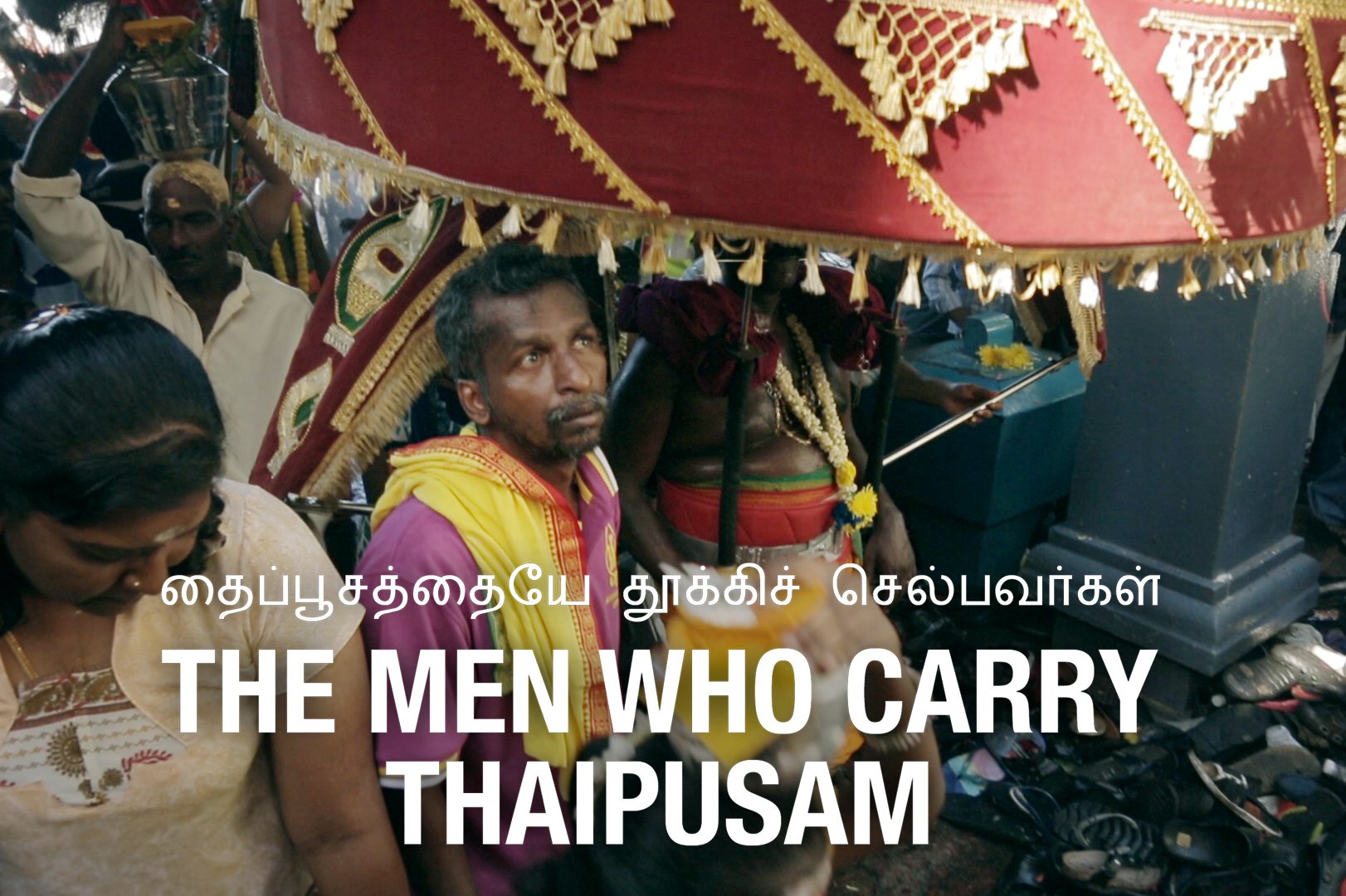Do us and the orang asli of Sungai Kejar a favour – share this post.
Story by Elroi Yee, Shanjeev Reddy and Ian Yee
Videos by Elroi Yee and Shanjeev Reddy
THERE’S a luxury resort just outside the Royal Belum State Park in Perak, and it has a large sign at the entrance that says Pey Ba’a, which means “come to us” in the language of the indigenous Jahai people.
It was meant to be an invitation for tourists to experience life in the Jahai’s remote villages, but it could just as well have been a cry for help – R.AGE had received reports of a mysterious illness claiming the lives of young Jahai children. However, nobody seems to have done anything about it.
R.AGE’s video crew went deep into the state park to investigate these deaths at the villages along Sungai Kejar a few weeks ago.
On the day we arrived, a young girl, Malini, was on the brink of death. We only heard about her condition the next morning, when we were told she had passed away, just before sunrise. Her family had been holding vigil throughout the night.
They call the disease serawan. It kills within days, and has plagued the orang asli around Sungai Kejar for years. And yet, nothing has been done for them, despite them being touted as a tourist attraction in the park.

An infant believed to have contracted serawan. Doctors who were shown this picture say the white spots in the infant’s mouth is oral thrush, which usually occurs when the immune system is weakened by disease. Photos by: ELROI YEE/The Star
Malini’s father was so distraught he could hardly speak, so her grandfather, Kurup, told us what happened.
Malini had started developing strange white spots on her tongue a few days ago, and soon her entire mouth and throat turned black. She couldn’t swallow any liquids, let alone eat anything.
On her final night she had severe fits and a high fever, and eventually passed away at 6am.
We later spoke to Universiti Malaya anthropologist Kamal Solhaimi Fadzil, who has conducted extensive research on the orang asli communities in the Belum-Temenggor forest, which stretches into Thailand.
Based on his observations, the child mortality rate among the 20 or so families in the Sungai Kejar area could be as high as 50%.
The villagers were almost nonchalant about Malini’s death. Serawan has become a fact of life there.

Kurup lights a fire for three consecutive days by the grave of his eight year old granddaughter, Malini. The bamboo fort acts to keep animals from digging up the body. Photo by: ELROI YEE/The Star
Life and death
I buried my daughter near my house, but I moved away soon after because it was too painful to be so close to her grave.”
Just an hour away by speedboat, the luxury resort outside the state park paints a completely different picture.
Companies and government agencies organise retreats here, and there are signs everywhere promoting activities like forest hikes, boathouse stays and visits to orang asli villages.
All visitors need to get a permit at the nearby Gerik town. From there, it’s a 45-minute drive to the jetty at Banding Island, where our team rented a small speedboat.
There were two checkpoints along the way, one belonging to the army and another to the state park.
We had no prior arrangements with any of the villagers, but planned to live among them for five days.
The people were wary of us initially, but after we explained why we were there, a villager named Keladi kindly offered to host us.
In return, we shared the rations we had brought with us – 50kg of rice, canned food, instant noodles, sugar, tea and a few packets of tobacco.
Our first day was spent talking to the Tok Batin, the village head appointed by the Orang Asli Development Department (Jakoa). We had to gain his trust and ask permission to speak to the people about the disease.
The Tok Batin helps convey any problems in the village to Jakoa and keeps the rest informed on important events such as routine visits by the Health Ministry and delivery of food supplies by Jakoa.

The orang asli living along Sungai Kejar use bamboo rafts like this one to travel short distances, making it almost impossible for them to seek medical help.
The next morning, Malini’s father, Latip, allowed us to follow the family to her grave where they were performing burial rituals. The orang asli do not have designated burial sites, so they find suitable locations themselves.
It took a 15-minute hike through the jungle to get to Malini’s grave. A bamboo fort was built around it and a fire was lit every day to prevent animals from digging up the body.
The Jahai believe the fire also helps ensure safe passage to the afterlife. Malini’s slippers lay at a corner of the fort.
“Those were all the belongings she had,” said her grandfather. “And she loved them very much.”
Our host, Keladi, has lost loved ones to serawan as well, including his wife, 15-year-old daughter and infant grandchild.
“I buried my daughter near my house, but I moved away soon after because it was too painful to be so close to her grave,” said Keladi, pointing across the river where his home used to be.
“Even now, when I see her things, and look at the places she used to play, I would feel sad. I miss her very much.”
He took us around the villages to speak to others who have suffered similar losses. One man, Bain, said he lost five children to serawan.
“I know four people who have died this year, all from this same disease,” said Bain. “We used to have around 600 people in the villages here, and we were happy. Now there are around 400 of us left.” According to Jakoa, there are around 300 orang asli in Sungai Kejar.
Diagnosis
We showed photos of the symptoms to several doctors, and they all agreed that the white spots in the mouth were oral thrush, which occurs when the immune system is weakened by disease.
When contacted, the Health Ministry said they send medical teams to the Sungai Kejar area every fortnight. The villagers, however, said it had been close to two months since the last visit, and that the medical teams don’t stop by every village.
The young, elderly and severely ill struggle to travel to where the medical team stops, as most of them rely only on bamboo rafts for transport. The nearest hospital is two hours away by speedboat and car.
Another problem is that many of the orang asli fear the medical teams. One group we spoke to is completely against modern medicine, because they believe doctors harvest organs from orang asli corpses.

A Jahai mother and her baby, who was believed to have contracted serawan. Doctors who were shown this picture say the white spots in the infant’s mouth is oral thrush, which usually occurs when the immune system is weakened by disease.
The Perak State Parks Corporation (PSPC), which manages the Royal Belum State Park, told R.AGE that orang asli welfare is the responsibility of Jakoa.
But when we spoke to Jakoa Hulu Perak and Baling district officer Razali Khamis about this, he said he had never heard of “serawan”, and even more suprisingly, that there was no record of any deaths in the area since 2014.
Razali, in turn, referred us to the health department for more accurate data.
The health department’s statistics were similar. They had only one recorded death in Sungai Kejar, an adult, since 2013.
Keladi, however, showed us his daughter’s death certificate. She died from serawan on May 17 this year.

Keladi often reminisces the times he had with his daughter, who passed away on May 17 this year. He also lost his wife and a grandchild to the same disease.
Fighting to survive
But the disease isn’t the only problem faced by these orang asli. Traditionally nomadic, they have been forced to live in designated areas, where they have already exhausted a lot of natural resources.
Jakoa provides each family with food rations every two months, which consists of 20kg of rice, 2kg of flour, 2kg of sugar, four cans of sardines, some condensed milk, tea, Milo and cooking oil – clearly not a balanced diet, and not nearly enough to feed an entire family for two months.
On top of that, the state park does not allow the orang asli to clear land for farming, fish with nets or sell forest produce. According to the Jahai we spoke to, this has forced them to change their nomadic, hunter-gatherer way of life.
In order to survive, many of them ignore the state park’s rules and clear small plots of land to plant tapioca and bananas. Unfortunately, they face competition for their own crops from the estimated 70 elephants living in the park – another attraction often touted to tourists.
It is a common refrain among the orang asli – they plant crops, tend to them for months, and lose everything in one night to hungry elephants. Across the river from Malini’s grave, we met Kederi, who was picking up the pieces of his home, wrecked by elephants.

Kederi standing in the hut that was once his home. The roof was torn off the night before when two elephants rampaged through the village looking for food.
Just the day before, he complained to us about elephants passing through his tiny tapioca farm. Now, much of his hut is in ruins. According to Kederi and his brother, a pair of elephants had rampaged through their homes looking for food.
“We were woken by the sound of heavy breathing,” said Kederi. “We opened our eyes and saw its trunk, feeling around for food!”
The entire village of around six families – including newborn babies – was forced to flee into the mountains, losing their crops, food rations, homes, and land.
That same night, an elephant strayed into the village that was hosting us. While it did not attack the houses, we stayed awake for much of the night, in case we needed to flee.
When we asked the Department of Wildlife and National Parks about human-elephant conflict, they shared statistics showing only one complaint from within the state park.
Again, these official statistics do not reflect the situation on the ground. During our stay, almost every settlement complained of elephants encroaching into their area.
When asked what the orang asli should do when attacked by elephants, the officer simply replied that they should lodge a report with the department. The elephants cannot be harmed, they said, as they are a protected species.
We posed the same question to Jakoa. Their solution: The orang asli should leave their homes and stay in the forest until the elephants depart.
RELATED: The Elephant In Our Room, the story of the war between the orang asli and wild elephants

The houses of the orang asli are made using bamboo and wood, while the roofs are made of palm leaves. They hardly provide any protection from the growing number of elephants in the State Park.
A biased narrative
The trust issue goes both ways – the community doesn’t believe the agencies, and the agencies don’t believe the community. But one is entrusted with responsibility, the other is not.”
“To some extent, society sees the orang asli community as expendable,” said Kamal, the Universiti Malaya anthropologist, trying to put the plight of the Sungai Kejar community in a broader context.
“Other communities have stronger voices and political links. But for the orang asli, the blame will eventually be laid on the community itself, and there’s very little they can do in response.”
He cited the recent Pos Tohoi incident, where seven orang asli children ran away from their boarding school. Authorities dithered while the school assumed the children had been taken home. Such incidents show how stereotypes are unfairly projected onto the orang asli.
“Much of society still thinks they are imperfect humans because they lack religion or the kind of imagery we associate with the modern man. But all this is racism,” he said.
And while Kamal agrees that the orang asli’s seemingly irrational fear of doctors and authorities contributes to the problem, it all boils down to a lack of trust.
He said: “The trust issue goes both ways – the community doesn’t believe the agencies, and the agencies don’t believe the community. But one is entrusted with responsibility, the other is not.”
One thing is clear: institutional change starts with a change in mindset. And that’s a change we can all be a part of.
UPDATE: R.AGE was invited to join a “fact-finding mission” with a task force set up to investigate the Jahai’s claims of child deaths around Sungai Kejar. After the visit, a health department official announced to us and several other media outlets that the mystery was solved — the disease known as “serawan” is actually herpangina. Watch the video below, and click here to read the full report.
The Elephant In Our Room
A war is brewing between the orang asli and elephants in Perak, and it is turning deadly.
The Elephant In Our RoomHere’s what happens when 36 ELEPHANTS are dumped on your backyard. We’re just glad our team made it out in one piece. Full story: rage.com.my/elephant-in-our-room.The orang asli in the Royal Belum State Park are becoming increasingly exposed to foraging elephants, who eat all their crops and damage their homes.And it’s not the elephants’ fault. As many as 36 wild elephants have been translocated into the state park since 2010, doubling the elephant population in the area and putting the orang asli in danger.Our crew spent several days living with the orang asli to film this documentary, when we saw for ourselves how much destruction the elephants can do.
Posted by R.AGE on Tuesday, March 15, 2016






Leave a reply